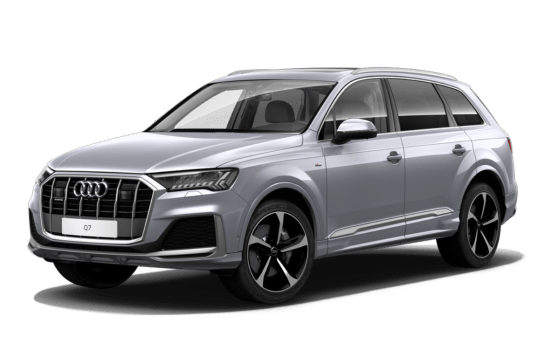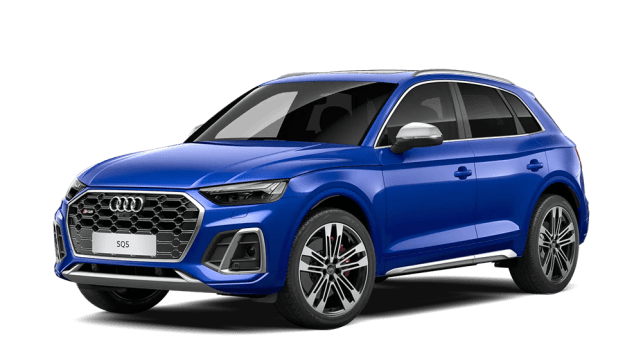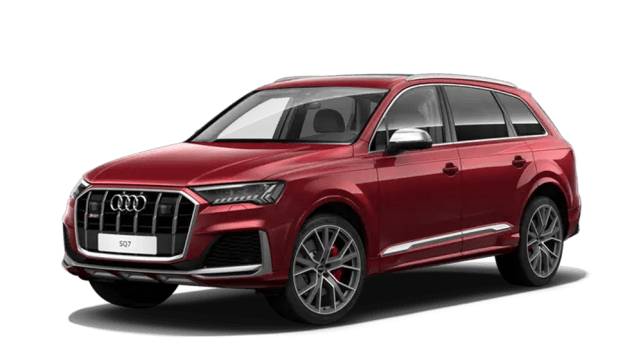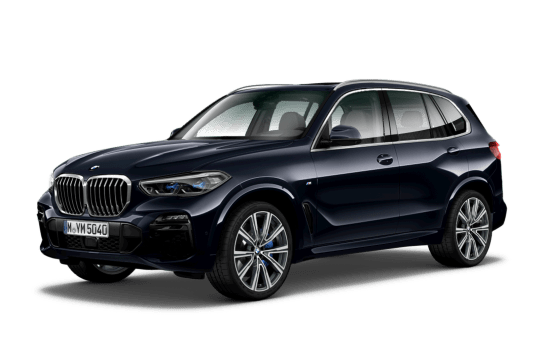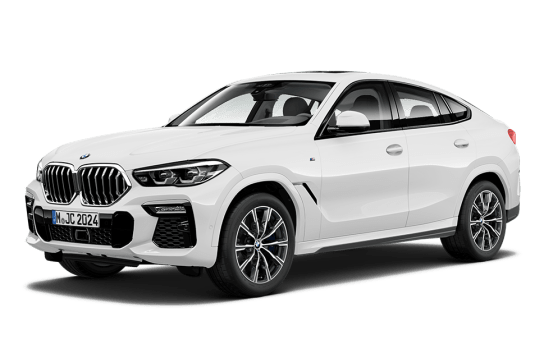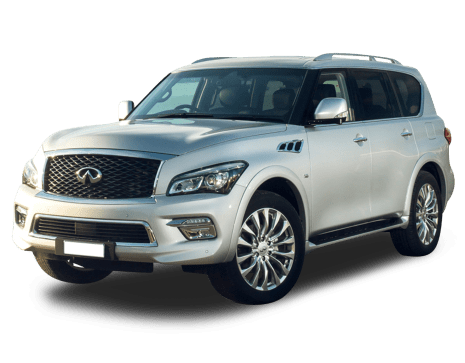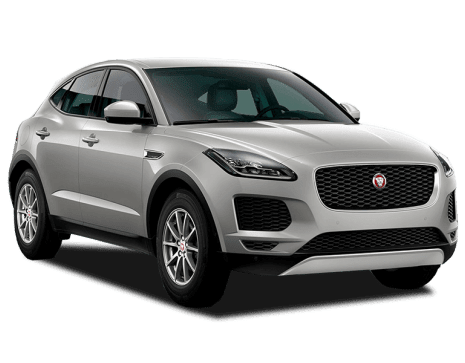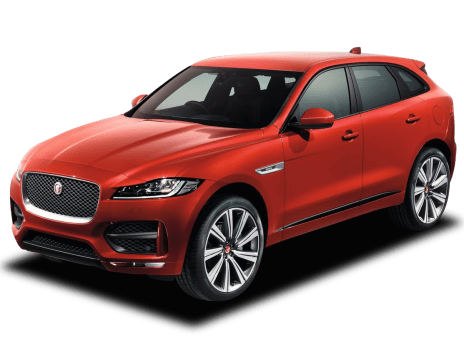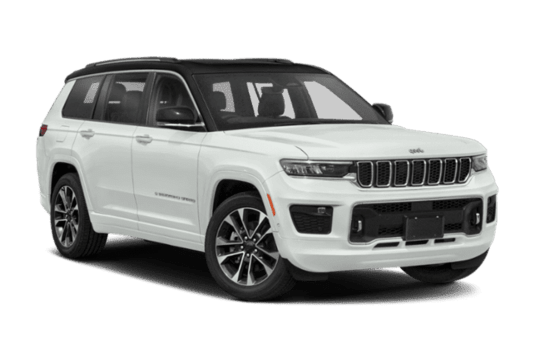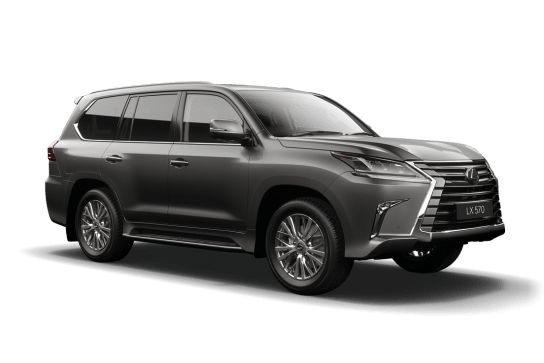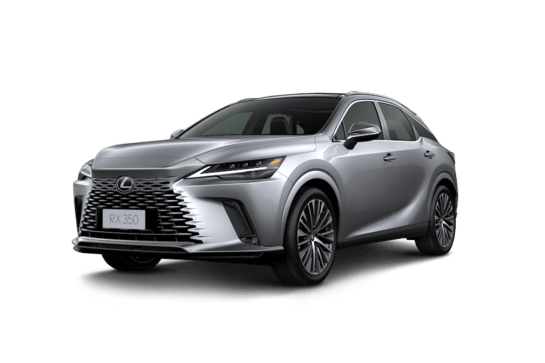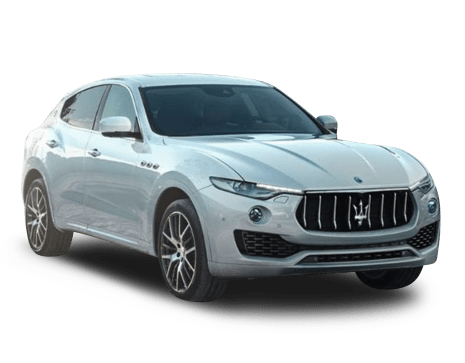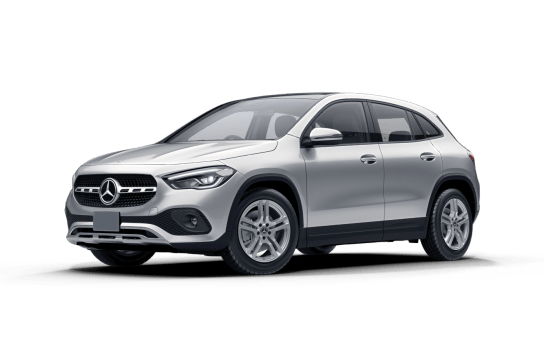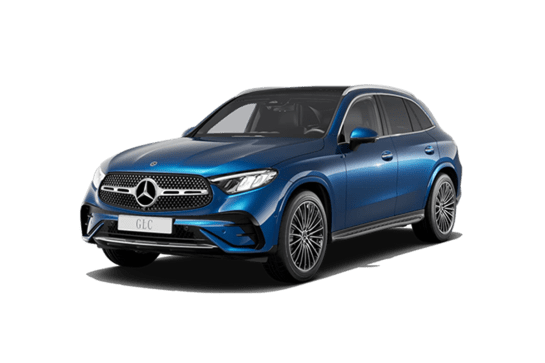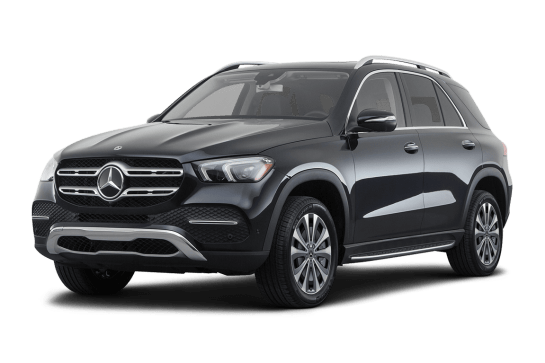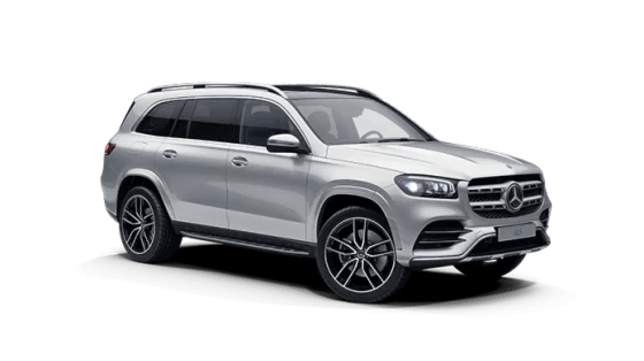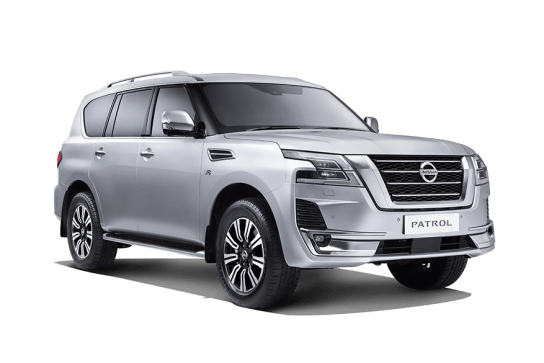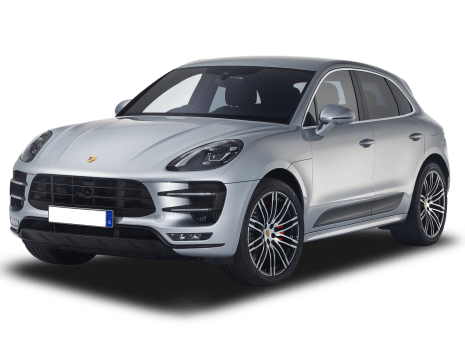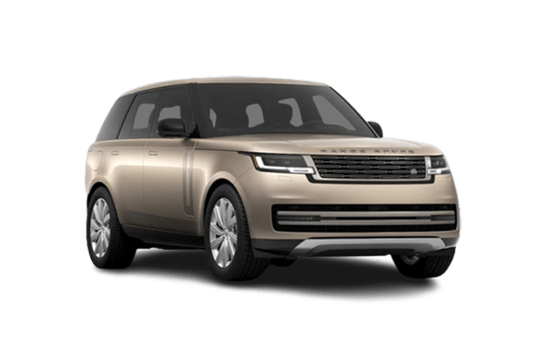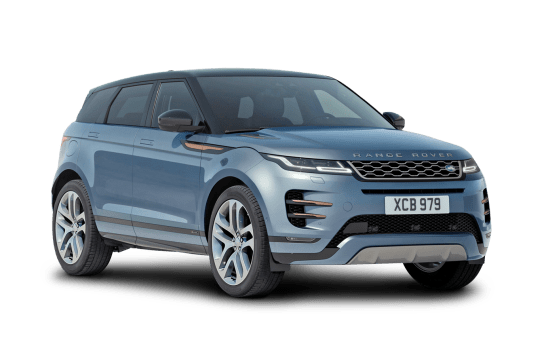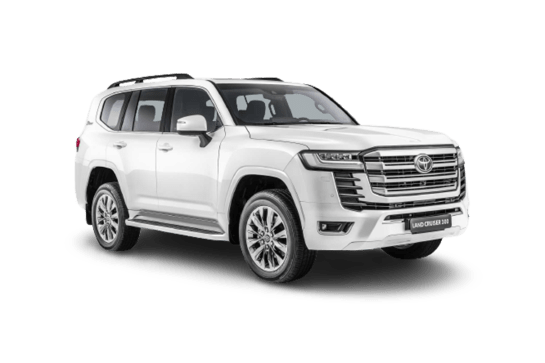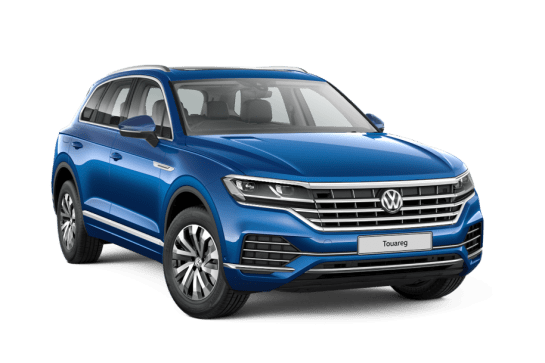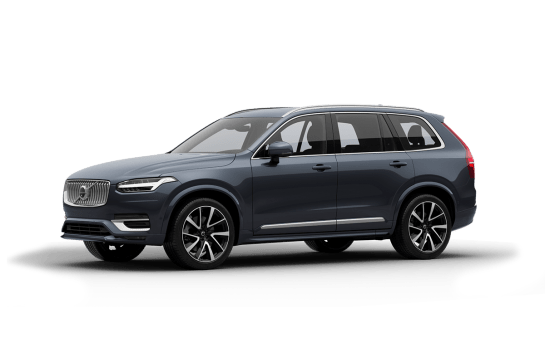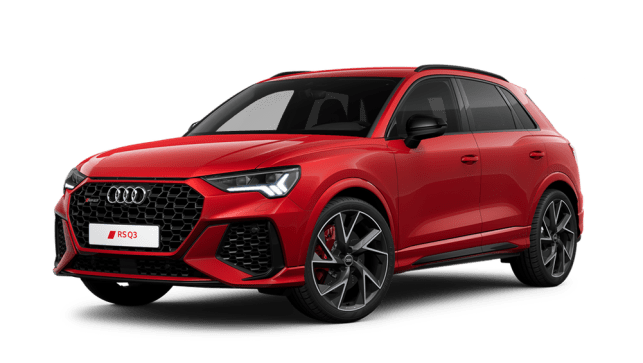
Audi RS Q3 VS Mercedes-Benz GLS-Class
Audi RS Q3
Likes
- 300kW small SUV? Yes please!
- Great dynamics but comfy ride
- Spacious with a decent boot
Dislikes
- Sportback has less headroom
- No standard head-up display
- No spare wheel
Mercedes-Benz GLS-Class
Likes
- Refinement
- Practicality
- Safety
Dislikes
- Modest steering feel
- So-so warranty
- Pricey servicing
Summary
Audi RS Q3
Think of Audi’s range of high-performance RS models as being like a knives in a kitchen knife block. They’re all sharp but they all do some things better than others. You wouldn’t use a bread knife to cut a tomato, would you? Well, I have before, because it was on the only clean knife and well, anyway it all went wrong, and it was a mess.
So, what kind of knife is the RS Q3, then? See, it’s a small SUV with 400 horsepower. Does it lose its SUV practicality? Is it like always driving an uncomfortable race car? Is it a fake – not really fast and just an expensive little ‘sporty’ SUV?
Well at the launch of the RS Q3 Audi also brought out almost its entire knife block of other RS models. And we drove them back-to-back. So having spent hundreds of kilometres driving both versions of the RS Q3 – the Sportback and the regular SUV version, along with the Audi’s other RS superheroes I know which knife the RS Q3 is and you will too after you read this review.
| Safety rating | |
|---|---|
| Engine Type | 2.5L turbo |
| Fuel Type | Premium Unleaded Petrol |
| Fuel Efficiency | 8.9L/100km |
| Seating | 5 seats |
Mercedes-Benz GLS-Class
If you’re in the market for a full-size, seven-seat, luxury SUV you’re obviously living life large. Big family, lots of friends, dogs and cats, and heaps of activity - horses, boats, camping?
You’re not in the BIG big-buck orbit of the Bentley Bentayga, nor are you ready to plug into the electrified matrix with the Tesla Model X.
You’re aiming at a six-figure bullseye between $130,000 and around $150,000. On a three-year novated lease, somewhere around three grand a month.
Which takes in the chunky Lexus LX and German ‘Big Three’ - the Audi Q7, BMW X7, and this car, the new, third-generation, Mercedes-Benz GLS.
Mercedes-Benz Australia invited us to experience the car on a launch drive across city, suburban and rural roads.
| Safety rating | |
|---|---|
| Engine Type | 3.0L turbo |
| Fuel Type | Hybrid with Premium Unleaded |
| Fuel Efficiency | 9.2L/100km |
| Seating | 7 seats |
Verdict
Audi RS Q38/10
The RS Q3 is absolutely worthy of the RS badge – it’s plush, quick, comfortable, handles superbly and doesn’t lose any practicality over a regular Q3. Which knife is it then in the Audi RS model knife block? Well there was a moment on the launch when our convoy encountered roadworks in the bush and it meant everything from an Audi R8 (rear-wheel drive), RS 7, RS 6 Avant to a TT RS were forced to gingerly drive for a couple of kilometres on a bumby dirt road. I was in the RS Q3, with all-wheel drive, more ground clearance and softer suspension with more travel than the others – and it was tempting to stomp on the accelerator and leave the rest in my dust. So, it’s the adaptable one in the block - the small knife you end up using for everything.
Note: CarsGuide attended this event as a guest of the manufacturer, with travel and meals provided.
Mercedes-Benz GLS-Class8/10
The new GLS is everything you’d expect of a Mercedes-Benz with an S in its name. Luxury, performance, space, and in this case, thoughtful practicality. A super-capable, super-sized family truckster with the lot.
Design
Audi RS Q38/10
Like the household variety Q3 it’s based on, the RS Q3 comes in two body styles: a Sportback which has a sloping roofline giving it coupe looks; and a regular-looking SUV version which has the traditional more tall and upright design.
I’m not a fan of coupe SUV styling because it reduces headroom (read about that below), but the Sportback does look the more venomous of the pair.
That said they both look like little monsters in their RS superhero outfits which includes the aggressive front bumper boasting giant (and functional) air intakes either side of the enormous grille, 21-inch wheels with giant brakes and red calipers, side skirts and thick wheel arch surrounds for a flared guard look, chunky diffuser and huge oval tail pipes with a black finish.
Inside there are leather RS seats with ‘honeycomb’ stitching, metal pedals, and a leather flat-bottomed RS steering wheel, while the doors and dashboard are trimmed with Alcantara and aluminium.
The rest of the interior showcases the Audi’s most up-to-date styling and tech revealed when the Q3 arrived in 2019 – from the integrated 10.1-inch media display to the dash controls which sense when your hand is approaching and light up to help them find their way in the dark.
At 4506mm end-to-end the RS Q3 is a big, small SUV. For a bit of perspective, it's little brother the Q2 is 4190mm long.
Mercedes-Benz GLS-Class7/10
Launched globally in mid-2019, Merc describes the GLS as the S-Class of SUVs, which is apt given its 5.2m length, 2.5-tonne mass, and ultra-premium specification.
As mentioned, the GLS is big; a step up from the already substantial model it replaces. Built with the US market in mind, in fact it’s produced in Tuscaloosa, Alabama, it’s more than five metres long, close to two metres wide, and over 1.8m tall. And there’s more than three metres between the axles, a 60mm wheelbase increase over the previous model.
And despite the size of the canvas, the Benz design team has managed to make the GLS look like a modern Merc. Signature elements include obvious ones like the slatted grille with a couple of three-pointed stars on the nose.
But there’s also, the carefully chiselled twin ‘power dome’ bonnet, scowling LED headlights and vents to aid front brake cooling and smooth aero performance around the front of the car.
The big beast’s off-road intent is highlighted by extensions around the wheelarches, with big optional 22-inch rims sitting underneath. The fact they look right-sized for the car speaks volumes about its scale.
The racy AMG Line package is standard, and a recess and pronounced character line, tightening the lower waistline is a familiar Merc treatment, plus alloy roof rails toughen the look while dialling up practicality.
The rear is relatively simple, borderline generic, with tapered tail-lights offering the only strong whiff of design personality. But believe it or not, thanks to careful detail sculpting of the body, and smoothing underneath the car it boasts a drag figure of Cd 0.32. Outstanding aero performance for a large SUV.
The driver and front passenger are presented with a sweeping dashboard dominated by twin 12.3-inch digital screens, one primarily covering the instruments, and the central screen managing the MBUX media system, including audio, nav, phone integration, car set-up, and more, plus ‘Hey Mercedes’ voice control.
The overall feel is simple, and restrained, yet massively confident, with a subtle colour palette, large squared-off elements defined by brushed metal finishes, and an obvious, intense attention to detail, from the haptic controls to the beautifully finished, multi-function steering wheel.
And the standard Burmester audio system includes a two-way in-car communication function that subtly amplifies the driver and front passenger’s voices for those in the third row, and vice versa. Sheer genius.
Practicality
Audi RS Q38/10
This will depend on whether you buy the Sportback or the regular SUV-shaped RS Q3, but practicality does not vary between them as much as you may think.
The Sportback loses out on headroom for the rear passenger because of its sloping roofline. I can still sit back there but at 191cm (6'3") with amazingly high hair I’m getting pretty friendly with the ceiling. Legroom though is fine – and I have legs for days.
Explore the virtual Audi RS Q3
Having said that, if I was a backseat passenger on a trip further than just down the road I’d prefer to be in the regular SUV-shaped RS Q3 where its tall, flat roofline offers loads of headroom, and legroom is also good.
All RS Q3s, like the Q3, are five seaters, but bags not sit in the squishy middle back seat.
The boot’s cargo capacity is the same for both at 530 litres, which is also equal to an ordinary Q3. If you want to see how high the boot’s load lip is, I demonstrate it in the video above – best not to watch while eating, though.
I’ve never met an Audi with outstanding cabin storage and the RS Q3 is no exception, with small door pockets and a tiny centre console bin.
It does have four cupholders (two up front and two in the back) and the wireless charger living in the hidey hole near the shifter fits my big phone, so it’s not all bad news there.
Next to the wireless charger there are two USB ports (a mini Type-C and a larger Type-B), while the second row has two Type-C USB ports.
There are directional air vents for those in the back, too.
Mercedes-Benz GLS-Class9/10
Space is obviously a critical factor here, and no surprise there’s copious amounts of it inside the GLS.
Front seat passengers enjoy plenty of breathing room, without feeling remote from one another, and there’s lots of storage in the shape of a large lidded box/armrest between the seats, a decent glove box, two big cupholders and jumbo door pockets with room for large bottles.
There’s one data-enabled USB port in the front, two charge-ports in the second row, and four in the third row. Shouldn’t be any complaints about powering mobiles, tablets or games.
The second row feels every millimetre the SUV limo. Simply getting in and out is made easier because an auto lowering function drops the car 25mm when one of the doors is opened.
I was able to sit behind the driver’s seat set for my 183cm position with heaps of head and legroom on offer. And there’s an extra 10cm of electrically adjustable travel to play with if those in the third row agree.
The fold-down centre armrest features a lidded storage tray and twin pop-out cupholders. There are netted pockets on the front seatbacks, and again, the door bins are big enough for large drink bottles.
Three adults across the rear is a breeze, there’s climate control ventilation, and a huge glass sunroof is standard. Rather than asking ‘Are we there yet?’ the kids will be disappointed when you arrive!
Then there’s what the Cleary family refers to as ‘the way back seat.’ A pair of third row seats for the lucky kids that get to inhabit their own little world. Getting in and out is relatively civilised thanks to electric slide and tilt for the second row seats, and space is generous. I could sit comfortably, so the kids will be all smiles.
With all seats upright cargo capacity is enough for a seven-person day trip (355L VDA). Press the button to fold the 50/50 split-fold third row down and your options expand substantially (890L). And with 40/20/40 split-folding second row lowered, transportation of a full, three-ring circus is on the cards (2400L). Overall, more space than the arch enemy BMW X7.
Plus, the ability to lower the car 50mm thanks to the standard air suspension makes life even easier. And one button lowers the second and third rows at the same time.
The spare is a collapsible space-saver, and towing capacity for a braked trailer is 3500kg, with a tow ball weight of up to 140kg. The ESP system also features a trailer stabilisation function that counters oscillation with “braking intervention.”
Price and features
Audi RS Q38/10
The RS Q3 lists for $89,900 for the regular SUV body shape while the Sportback is $92,900.
Both come with the same standard features, including a 10.1-inch media display with Apple CarPlay and Android Auto, sat nav, 12.3-inch digital instrument cluster, a 15-speaker Bang and Olufsen sound system, leather RS steering wheel, proximity key, 360-degree camera, front and rear parking sensors, privacy glass, power tailgate, 'Matrix LED' headlights and three-zone climate control.
The standard RS seats are Nappa leather, the front ones are heated and power adjustable.
Looking at the standard features for a Q3 it’s clear Audi has fitted the RS Q3 with everything it has for the model – a lot of the equipment such as the sound system, climate control and LED headlights are optional on a ‘normal’ Q3.
Some of these features had to be optioned on the previous RS Q3, too, so relative to the outgoing model the new car is better value.
Compared to it’s rivals the Audi is good value, too. The Mercedes-AMG GLA 45 is $91,735 while the BMW X3 M40i is nudging $110K.
Mercedes-Benz GLS-Class8/10
The GLS launches in Australia with two models, the turbo-petrol GLS 450 4Matic at $146,500, before on-road costs, and the turbo-diesel GLS 400 d 4Matic at $153,300.
Specification is identical across the two variants, and when you’re competing against the likes of the Lexus LX570, Audi Q7 and BMW X7, as you might expect the list of standard features is lengthy.
Aside from the comprehensive suite of safety tech, covered in the Safety section below, the GLS equipment list includes, 21-inch alloy rims, adaptive high beam assist, air suspension, alloy roof rails, AMG body kit, a huge panoramic sliding glass sunroof, privacy glass from the B-pillar back, auto tailgate, keyless entry and start, rain-sensing wipers, cruise control, LED headlights, and power closing doors.
The power closing doors are a big plus for parents not wanting to disturb kids nodding off in the car, with the soft-touch function drawing the door in for the last few millimetres to an almost silent close.
Inside there’s ambient lighting (64 colours), strategically placed open pore oak wood trim, 13-speaker/590-watt Burmester surround sound audio, electric folding second and third row seats, a head-up display, ‘Mercedes-Benz’ branded illuminated sills, leather seat upholstery (‘Artico’ faux leather on the dash and doors), multi-adjustable electric seats in the front and second row (memory in the front), electrically adjustable steering column, leather-trimmed multi-function steering wheel, and five-zone climate control.
The multi-media system is spectacular, incorporating the twin 12.3-inch digital screens, the central media unit managing nav, digital radio, mobile device connectivity, Apple CarPlay and Android Auto, plus vehicle tracking. There are also remote vehicle status functions (door locking, valet parking, etc), global search (Amazon Alexa, Google Home, Yelp, and Trip Advisor), and a wireless device charging pad.
The basket of goodies can hold its head high in this part of the market, so the value equation stacks up well.
Under the bonnet
Audi RS Q39/10
Ordinary Q3s have four-cylinder engines which make no more than 132kW, but the RS Q3 has a 294kW 2.5-litre five-cylinder turbo-petrol engine. Plus, with 480Nm there’s whopping torque for a small SUV.
This five-cylinder also powers the Audi TT RS and the RS 3 and is suited well to small and agile beasties like these, and also to the RS Q3 with its responsive and energetic ‘boosty’ nature. Aud’s 'S tronic' seven-speed dual-clutch auto shifts fast sending the drive to all four wheels.
Mercedes-Benz GLS-Class8/10
There are two engines on offer. The 3.0-litre (M256) in-line six-cylinder turbo-petrol GLS 450 4Matic, and the 2.9-litre (OM656) in-line six-cylinder turbo-diesel GLS 400 d 4Matic.
The all-alloy, twin-scroll single-turbo petrol engine delivers peak power of 270kW from 5500-6100rpm, and maximum torque of 500Nm across a broad plateau from 1600-4500rpm. It also features a 48-volt electrical system driving the ‘EQ Boost’ set-up, able to deliver an extra 16kW/250Nm for short periods. The integrated starter-generator also enables energy recuperation.
Although the all-alloy, twin-turbo diesel features variable valve lift it gives some ground on power, offering up 243kW between 3600-4000rpm, but torque is a solid whack, with 700Nm on tap from 1200-3000rpm. Worth noting, that to minimise emissions this engine features a “selective catalytic reduction converter” in the exhaust, which brings with it the use of an ‘AdBlue’ reducing agent. The separate AdBlue tank has a capacity of 31.6 litres.
The nine-speed auto transmission is the same in both versions, although the diesel has a slightly lower final drive ratio.
Efficiency
Audi RS Q37/10
High-performance cars with combustion engines love fuel and lots of it. Audi officially says the RS Q3 should use 8.9L/100km over a combination of open and urban roads. We’ll be able to test that once we have an RS Q3 in our garage, but either way, that’s on the thirsty side.
Mercedes-Benz GLS-Class8/10
Claimed fuel economy for the combined (ADR 81/02 - urban, extra-urban) cycle for the GLS 450 is 9.2L/100km, the more frugal GLS 400 d trimming that to 7.7L/100km. The petrol 450 emits 210g/km of CO2 in the process, the diesel 400d dropping that slightly to 202g/km.
Stop-start is standard, you’re looking at premium unleaded for the 450 GLS, and you’ll need 90 litres of dinosaur juice to full the tank on both models.
Driving
Audi RS Q39/10
In the intro I likened the RS model range to a knife block full of all well-crafted sharp things, each with different purposes.
At the launch of the RS Q3, Audi also introduced its other new and updated RS models to us, from the RS 7 and RS 6 Avant to the TT RS and even the R8 supercar.
The meat cleaver is definitely the RS 6 Avant which feels like a luxury locomotive with seemingly never-ending sledgehammer acceleration.
I’m beginning to regret the knife analogy because I don’t know knives very well. But I do know cars and the RS Q3 is probably the opposite to an RS6 Avant in that it’s small and agile, with an energetic engine that pauses only to catch its breath in the form of building its boost before sling-shotting you towards the next corner. And it’s loud inside - even with the windows up.
I was impressed by the ride comfort which never became harsh even in 'Dynamic' mode. The suspension is soft enough for acceleration and braking to make the nose pitch and dip, but handling, body control and composure is excellent.
While you can shift gears yourself using the paddles in manual mode, that transmission is best left in auto and in the 'S' setting. You’ll get the full noise under hard acceleration and lightning quick shifts to go with it.
Regular Q3s take eight to nine seconds to accelerate from 0-100km/h. The RS Q3 can do it in 4.5 seconds, which is getting into properly quick territory where steering wheels also becomes a handrails for something to hold onto as you’re yanked down the road with superb all-wheel drive traction.
The same 2.5-litre five cylinder is in the RS 3 Avant but that weighs about 200kg less and can hit 100km/h in 4.1 seconds. But the only way I can sit in the back of an RS 3 is if I put my knees under my chin – not so with the RS Q3.
Mercedes-Benz GLS-Class7/10
Merc claims the GLS 450 will sprint from 0-100km/h in 6.2sec, and the 400 d in 6.3sec. Not hanging around for a 2.5 tonne mothership. But the standout is the 400 d’s torque. All 700Nm of it available from just 1200rpm to 3000rpm; right in the mid-range sweet spot.
The nine-speed auto transmission is smooth yet responsive, with paddles on the wheel for manual shifts when you want to pick the ratio. The combination of effortless grunt and the nine-speeder keeping things on the boil is an impressive one.
Suspension is by double wishbones at the front and multi-links at the rear, and while you can feel the weight in cornering, the standard Airmatic air suspension (which does away with steel springs) is superb in terms of ride comfort and body control.
We took a deep breath and pushed enthusiastically through a series of sweeping corners and the fat (285/45 fr - 325/40 rr) Continental ‘PremiumContact 6’ rubber wrapped around our car’s (optional) 22-inch rims gripped hard.
The ‘4Matic’ all-wheel drive system also seamlessly shuffles torque between the front and rear axles (theoretically up to 100 per cent in each direction).
Merc has put extra focus on body rigidity, the tuning of engine and suspension mounts, and sound absorption, and it shows. The GLS 400 d is beautifully refined on the highway. A neat touch is the car automatically lowering 15mm at motorway speeds or when ‘Sport’ mode is selected.
Steering is electromechanically assisted, and Merc says the front suspension geometry has been revised to minimise vibration through the wheel. And yes, feedback is minimal, but unfortunately so is road feel with only a general connection between your hands on the wheel and the front tyres on the bitumen.
When you’re steering a large beast like this, often with something substantial hitched to the back, you want to know braking performance is up to the task, and the GLS’s big ventilated discs all around deliver reassuringly strong stopping power, with nice, progressive pedal feel to boot.
The seats are adjustable six ways to Sunday, but beyond that they’re comfortable and supportive, even over long stints behind the wheel.
We stayed on the bitumen, because, let’s face it, that’s where this car will spend 99.9 per cent of its time, with the exceptions of the boat ramp, a ski weekend or pony club.
For those special occasions the optional ‘Off-road engineering package’ adds a low-range transfer case, inter-axle locking, hill descent control, and under body armour for more serious work.
Safety
Audi RS Q39/10
ANCAP gave all variants of the Q3 the maximum five-star rating in 2018 with the exception of the RS Q3 which is yet to be tested.
What I can tell you is that for this model Audi’s made the safety features standard across the range and this includes the AEB system with pedestrian and cyclist detection, rear cross traffic assistance, lane departure warning with lane keeping assistance.
The airbag count is also the same as a regular Q3 at six, and like that SUV you’ll find three top tether anchor points and two ISOFIX mounts for child seats across the second row.
Q3s come with a space saver spare, but the RS Q3 has a puncture repair kit.
Mercedes-Benz GLS-Class10/10
At the time of this launch drive the GLS hadn’t been safety assessed by ANCAP, but you could make a small wager, like every penny you have to your name, that it will score a maximum five stars.
The expected active features are there, including ABS, ASR, and ESP, with additional tech including ‘Active Blind-Spot Assist’, ‘Active Brake Assist' (Merc-speak for AEB), active lane keeping and lane change assist, ‘Adaptive Brake’, ‘Attention Assist’, ‘Evasive Steering Assist’, ‘Parktronic’ (active parking assist with 360-degre camera), rear cross-traffic alert, traffic sign assist, and a tyre pressure warning system.
Then, if all that isn’t enough to avoid an impact the GLS is equipped with nine airbags (front and pelvis side for driver and front passenger, side for outer rear seat occupants, full-length curtain, and a driver’s knee bag), an active bonnet to minimise pedestrian injuries, and the ‘Pre-Safe Plus’ (flashes rear hazards to warn drivers closing too quickly from behind, tightening the belts at the same time, and locking the brakes if the GLS is stationary with a rear impact imminent).
Ownership
Audi RS Q36/10
The RS Q3 is covered by Audi’s three-year/unlimited kilometre warranty which not only falls behind in duration compared to mainstream brands but also its direct rival Mercedes-Benz which now has five-year/unlimited kilometre coverage.
Service intervals are every 12 months or 15,000km with a three-year plan ($2320) or five-year plan ($3420) available.
Mercedes-Benz GLS-Class7/10
The Mercedes-Benz range is covered by a three year/unlimited km warranty, which, like Audi and BMW continues to lag behind the mainstream market where the majority of players are now at five years/unlimited km, with some at seven years.
On the upside, Mercedes-Benz ‘Road Care’ roadside assistance is included in the deal for three years.
Service is scheduled for 12 months/25,000km (whichever comes first) with pricing available on an 'Up-front' or 'Pay-as-you-go' basis.
As a guide, service pricing for the outgoing GLS is set at $2600 per service (up-front) and $3250 (PAYG), a saving of $650 a pop. Fourth and fifth services are also available for pre-purchase ($3550 and $4900).
